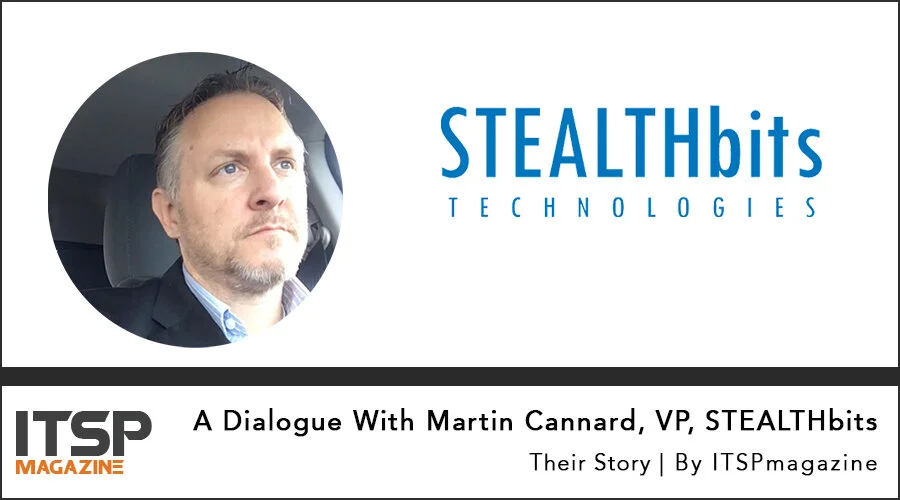This is promotional content. Learn more.
A Their Story interview with Sean Martin
Today’s guest is Martin Cannard, Vice President, Product Strategy (Privileged Access Management) at STEALTHbits Technologies. Martin and I look at the past to explore how the world of access control and privileged access management (PAM) has changed, mainly driven mobile, cloud, and the Internet of Things.
Martin shares some stories about how organizations are changing the way they define and implement privileged access management solutions, turning the technology—and their operational infrastructure—on its side business to better support business requirements without opening up the gates too wide nor closing them down too much.
Ultimately, it’s about finding that “just right” access model that accounts for changes in risk, threat, context. This isn’t an easy task when faced with growing technical complexities, increasingly-demanding business processes, and the need to scale to meet both market and end-user demands.
These are some of the points Martin and I discuss during our chat:
Why do we need another (new or different or otherwise) PAM offering?
Where does the current PAM market sit and what’s the back story leading us to this point?
What is fundamentally different from the new way of thinking about PAM solutions?
How do changes in endpoints, servers, applications, VMs, cloud, and mobility change the way organizations deal with access?
It’s easy to open up everything and fail open, risking the loss of authorized access to critical systems and data. It’s equally easy to lock everything down and risk the loss of business and revenue. How can you fail-safe in most situations while easily managing exceptions at scale?
What elements are required to succeed with a reinvented PAM solution—technology, infrastructure, processes, and team?
What visibility is required to ensure policies and related enforcement rules are working properly?
and so much more…
After you listen to this story by STEALTHbits, check to see if your perception of privileged access management has changed—and, if so, how.







